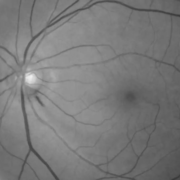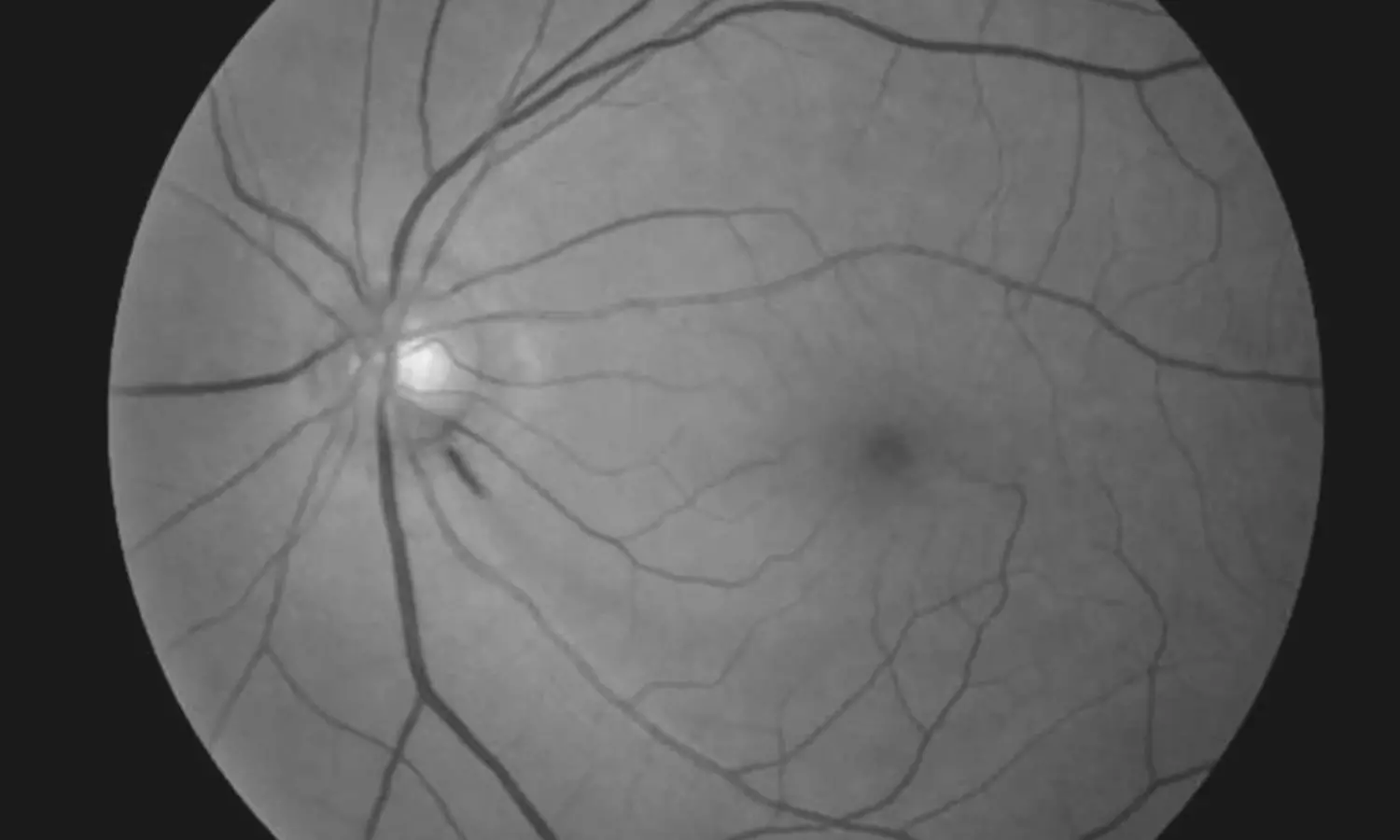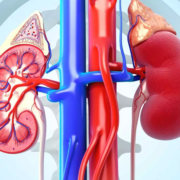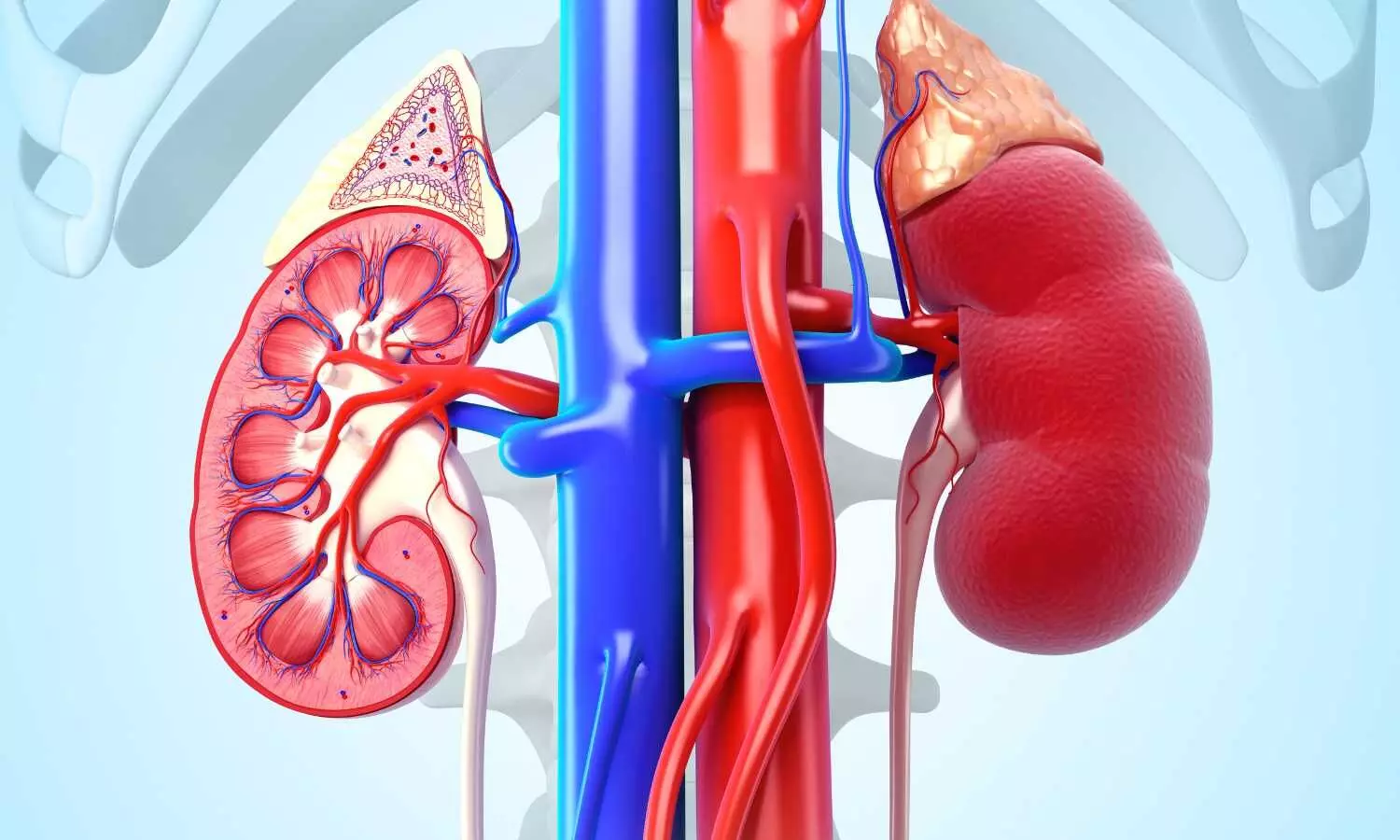MSD Pharma gets CDSCO panel nod for New Indications of Pembrolizumab in India

New Delhi: The Subject Expert Committee functioning under the Central Drugs Standard Control Organization (CDSCO) has granted approval for additional indications of Pembrolizumab (Keytruda) Injection 100 mg/4 ml, manufactured by MSD Pharmaceuticals, expanding its use for advanced cancers in India. However, the nod came with a condition that the firm should conduct a Phase IV study in India in these indications.
The recommendation was made after the drug maker MSD Pharmaceuticals presented the proposal for the grant of approval of the following additional indications of the drug Pembrolizumab Injection 100 mg/mL based on the safety and efficacy data generated from global clinical trials in these indications, along with the request for a local clinical trial waiver.
i. KEYTRUDA (pembrolizumab) in combination with chemoradiotherapy (external beam radiation therapy followed by brachytherapy), is indicated for the treatment of FIGO 2014 Stage III – IVA locally advanced cervical cancer in adults who have not received prior definitive therapy.
ii. KEYTRUDA (pembrolizumab), in combination with fluoropyrimidine and platinum-containing chemotherapy, is indicated for the first-line treatment of locally advanced unresectable or metastatic HER2-negative gastric or gastro-oesophageal junction adenocarcinoma in adults whose tumors express PD-L1 with a CPS≥1.
iii. KEYTRUDA® (pembrolizumab), in combination with gemcitabine and cisplatin, is indicated for the first-line treatment of locally advanced unresectable or metastatic biliary tract carcinoma in adults.
Pembrolizumab is a PD-1 blocking antibody used to treat various types of cancer, including metastatic melanoma, non-small-cell lung cancer, cervical cancer, head and neck cancer, and Hodgkin’s lymphoma.
Pembrolizumab binds with high affinity to the cell surface receptor programmed cell death protein 1 (PD-1) and antagonizes its interaction with its known ligands PD-L1 and PD-L2. Under normal circumstances, the binding of the ligands of PD-1 to the receptor inhibits the TCR-mediated T-cell proliferation and cytokine production. This inhibitory signal appears to play a role in self-tolerance and collateral damage minimization after immune responses against a pathogen and maternal tolerance to fetal tissue.
The binding of pembrolizumab to PD-1 prevents this inhibitory pathway, causing a physiological shift towards immune reactivity and enhancing tumor immunosurveillance and anti-tumor immune response.
At the recent SEC meeting for Oncology, the expert panel reviewed the proposal presented by MSD Pharmaceuticals for additional indications of Pembrolizumab (Keytruda) Injection 100 mg/4 ml.
The committee noted that the proposed indications are approved in major countries, including the USA, the EU, the UK, Japan, and Australia.
The committee further noted, “There is no clinical data available in Indian patients for these indications; however, the firm has generated safety data in a Phase IV study conducted in India in other indications.”
After detailed deliberation, the committee recommended approval of the proposed additional indications with a condition to conduct a Phase IV study in India in these indications.
Accordingly, the expert panel suggested that the firm should submit the Phase IV study protocol within three months of approval of the additional indication.
Powered by WPeMatico













